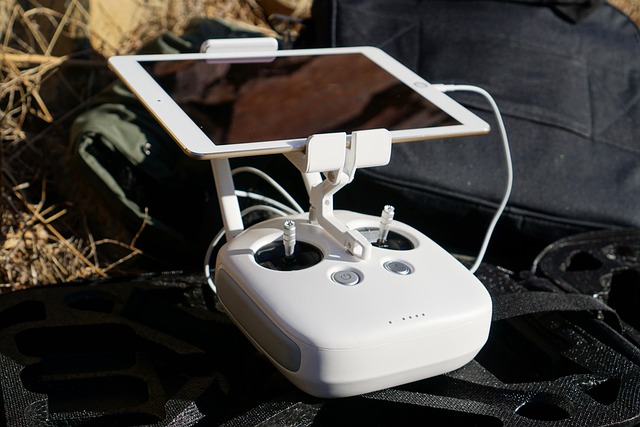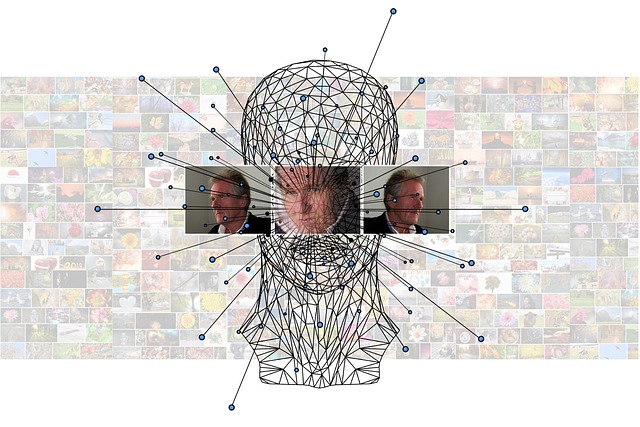In today’s rapidly evolving commercial landscape, the convergence of robotics, artificial intelligence, and automation is reshaping how enterprises operate. At the core of this transformation lie intelligent adaptive systems—dynamic, self‑optimizing platforms that learn from data, adjust to changing conditions, and make autonomous decisions. These systems are no longer confined to specialized laboratories; they are becoming integral components of production lines, logistics hubs, customer‑service centers, and even financial trading desks. Understanding the mechanics, benefits, and challenges of intelligent adaptive systems is essential for businesses that aim to remain competitive in an increasingly automated world.
What Are Intelligent Adaptive Systems?
Intelligent adaptive systems combine advanced sensing, real‑time analytics, and autonomous control to perform tasks that traditionally required human intervention. Unlike static robots or pre‑programmed automation, these systems continuously ingest data from their environment, update internal models, and re‑configure their behavior to optimize performance. Key attributes include:
- Learning Capability: Employing machine learning algorithms—such as reinforcement learning, deep neural networks, or Bayesian inference—to improve task execution over time.
- Environmental Awareness: Using sensors (vision, lidar, acoustic, tactile) and edge computing to perceive dynamic surroundings and detect anomalies.
- Decision Autonomy: Making real‑time choices without human oversight, based on predefined objectives and adaptive policies.
- Continuous Optimization: Adjusting operational parameters (speed, torque, route, schedule) to reduce costs, energy consumption, or risk.
Core Technologies Empowering the Shift
Several foundational technologies enable the rapid advancement of intelligent adaptive systems:
“The real power comes from integrating perception, learning, and control in a closed loop. When a robot can ask, ‘What does the data say?’, and then adjust its action accordingly, it transcends rigid automation.” – AI Systems Researcher
- Sensor Fusion: Combining inputs from multiple modalities to create robust, high‑confidence environmental models.
- Edge AI Chips: Delivering low‑latency inference close to the data source, essential for safety‑critical applications.
- Cloud‑Edge Collaboration: Leveraging cloud resources for heavy training workloads while keeping inference at the edge for speed.
- Explainable AI (XAI): Providing transparent decision paths to satisfy regulatory and ethical requirements.
Business Sectors Embracing Robotics and AI Automation
Industries across the spectrum are integrating intelligent adaptive systems to streamline operations, enhance quality, and unlock new revenue streams. Below are some prominent examples:
- Manufacturing: Smart factories deploy collaborative robots that adjust tooling on the fly, detect defects in real time, and self‑optimize production lines for maximum throughput.
- Logistics & Warehousing: Autonomous mobile robots (AMRs) navigate dynamic warehouse layouts, recalculating routes in response to congestion or obstacles, while AI algorithms balance order fulfillment and inventory replenishment.
- Healthcare: Surgical assistants and rehabilitation robots personalize treatment plans, adapt movements to patient response, and provide real‑time feedback to clinicians.
- Financial Services: Algorithmic trading bots analyze market microstructure, adapt strategies to volatility regimes, and execute orders with millisecond precision.
Quantifiable Business Benefits
Implementing intelligent adaptive systems yields measurable advantages across multiple dimensions:
- Cost Efficiency: Automation reduces labor hours, eliminates repetitive errors, and cuts energy consumption through optimized motion planning.
- Productivity Gains: Self‑optimizing robots maintain peak performance 24/7, shrinking cycle times and boosting throughput.
- Safety Enhancement: Autonomous systems can detect hazardous conditions—such as spills, structural weaknesses, or human proximity—and take preventive actions without compromising workflow.
- Quality Consistency: Continuous monitoring and corrective feedback loops reduce variance in product specifications, lowering defect rates.
- Innovation Acceleration: AI-driven insights uncover hidden patterns in operational data, guiding product development and process redesign.
Key Challenges and Mitigation Strategies
Despite the promise of intelligent adaptive systems, businesses face several hurdles when adopting these technologies:
- Data Privacy & Security: Robust encryption, secure data pipelines, and compliance with regulations (GDPR, CCPA) are essential to protect sensitive operational data.
- Workforce Transition: Automation can displace routine jobs; proactive reskilling programs and workforce redeployment strategies help maintain employee engagement.
- System Reliability: Redundancy, fault detection, and automated recovery protocols are necessary to ensure continuous operation, especially in safety‑critical contexts.
- Algorithmic Bias: Diverse training datasets and bias‑mitigation techniques prevent skewed decisions that could affect product quality or customer service.
- Integration Complexity: Legacy systems, heterogeneous hardware, and siloed data repositories require careful integration planning and middleware solutions.
Addressing these challenges often involves a layered approach: establishing governance frameworks, investing in secure infrastructure, and fostering a culture of continuous learning.
Illustrative Scenarios (No Links)
While real‑world case studies provide deeper insight, the following scenarios illustrate typical deployments:
- A mid‑size automotive supplier installs an adaptive robotic assembly line. Sensors monitor torque and temperature, and reinforcement learning algorithms adjust arm trajectories to reduce part wear, cutting maintenance costs by 18% annually.
- A logistics start‑up deploys a fleet of AMRs in a cross‑dock facility. Each robot uses cloud‑edge analytics to re‑route around high‑traffic zones, achieving a 22% increase in container throughput during peak seasons.
- An ophthalmology clinic adopts a surgical assistant robot that personalizes incision depth based on patient eye metrics captured in real time, improving visual outcomes by reducing postoperative complications.
The Future Landscape: Trends Shaping Intelligent Adaptive Systems
Looking ahead, several emerging trends are poised to redefine the capabilities and reach of intelligent adaptive systems:
- Edge‑centric AI: Decentralized intelligence will reduce latency, lower bandwidth demands, and enhance data privacy, making AI more responsive in safety‑critical environments.
- Digital Twins: High‑fidelity virtual replicas of physical assets will allow for scenario testing, predictive maintenance, and adaptive control without disrupting live operations.
- Federated Learning: Collaborative model training across multiple facilities while keeping data local will accelerate innovation while respecting confidentiality.
- Human‑Robot Collaboration (HRC): Advances in perception and safety protocols will enable co‑working environments where humans and robots share tasks seamlessly.
- Regulatory Harmonization: Global standards for AI safety, ethics, and interoperability will streamline deployment across borders.
Businesses that invest early in these directions can position themselves as leaders in automation, gaining a competitive advantage through operational excellence and innovation.




